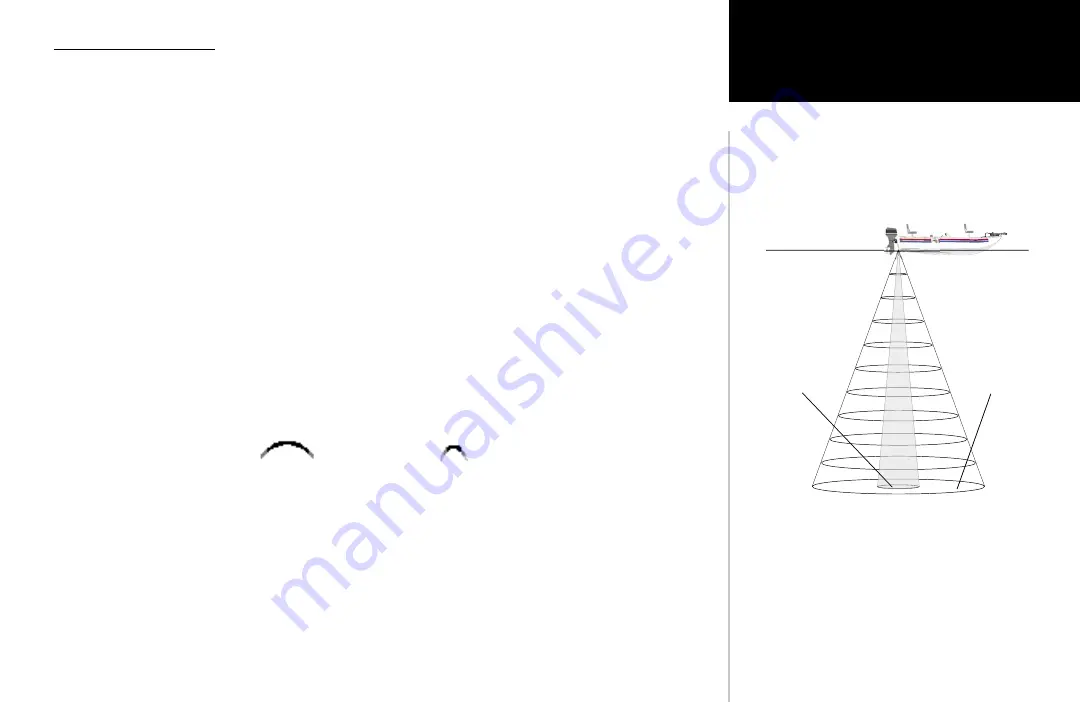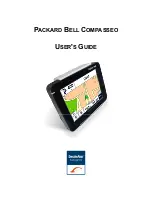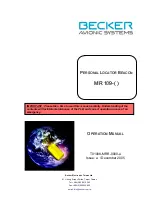
89
Transducer Coverage
Appendix H
Transducer Coverage
The area covered by the transmitted sound waves is determined by the cone angle of the transducer
and the water depth. Cone angles may vary between different types of transducers. For example, a 50kHz
frequency may provide a “wide” 40° cone angle, with a coverage width that is approximately 2/3 of the
water depth. As shown in the sidebar, the 40° cone angle (50kHz frequency) approximately covers the
area of a 20-foot diameter circle at a 30-foot depth. A 200kHz frequency may provide a “narrow” 10° cone
angle, with a coverage width that is approximately 2/10 of the water depth. As shown, the 10° cone angle
(200kHz frequency) approximately covers the area of a 6-foot diameter circle at a 30 foot depth.
When using the GPSMAP 2006/2010 with GSD 20 in ‘Dual’ frequency mode, the unit transmits both
50kHz and 200kHz signals at the same time. The ‘Dual’ frequency capability of the GPSMAP 2006/2010
with GSD 20 allows you to have a large coverage area and still retain good bottom resolution. When in
‘Dual’ frequency mode the unit uses the narrow cone angle (200kHz) to display detailed bottom informa-
tion, keeping “Dead Zones” to a minimum, and the wide cone angle (50kHz) for the large coverage area.
Fish returns from the wide and narrow beams will appear differently on the display. The wide beam
tends to show longer fish returns than the narrow beam.
Wide Cone Angle
Narrow Cone Angle
200kHz - 10˚ Cone Angle
72" coverage at 30'
50kHz - 40˚ Cone Angle
20' coverage at 30'






































